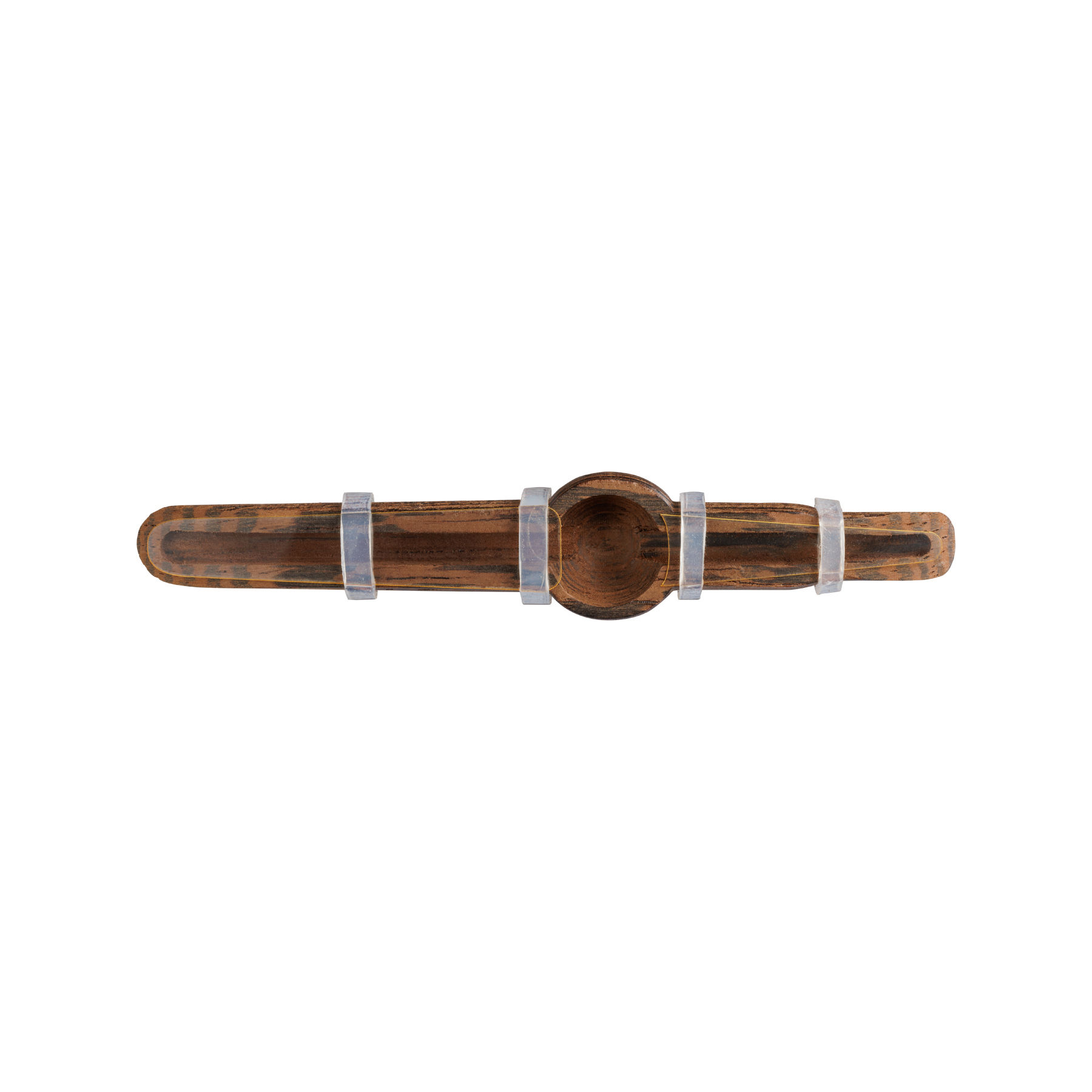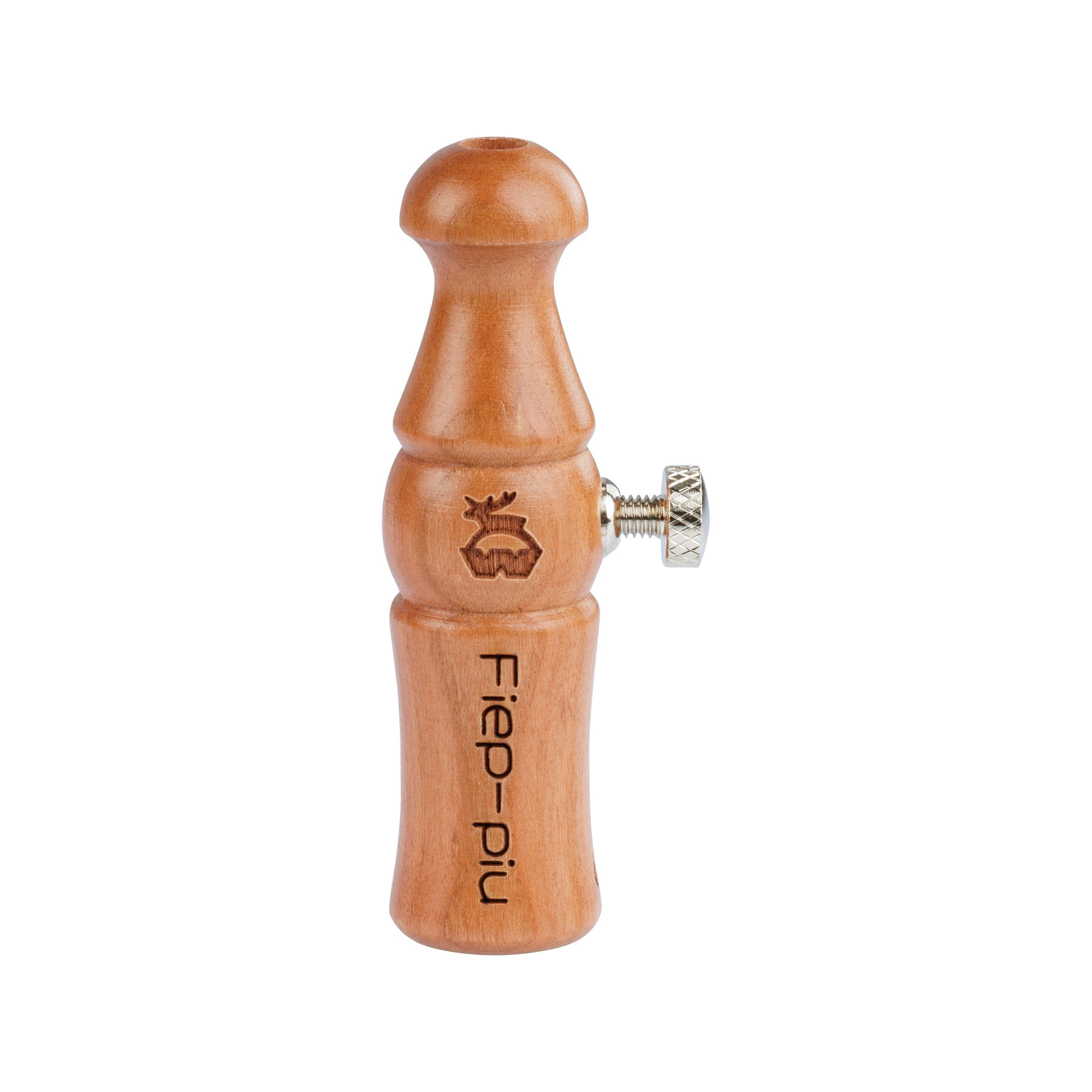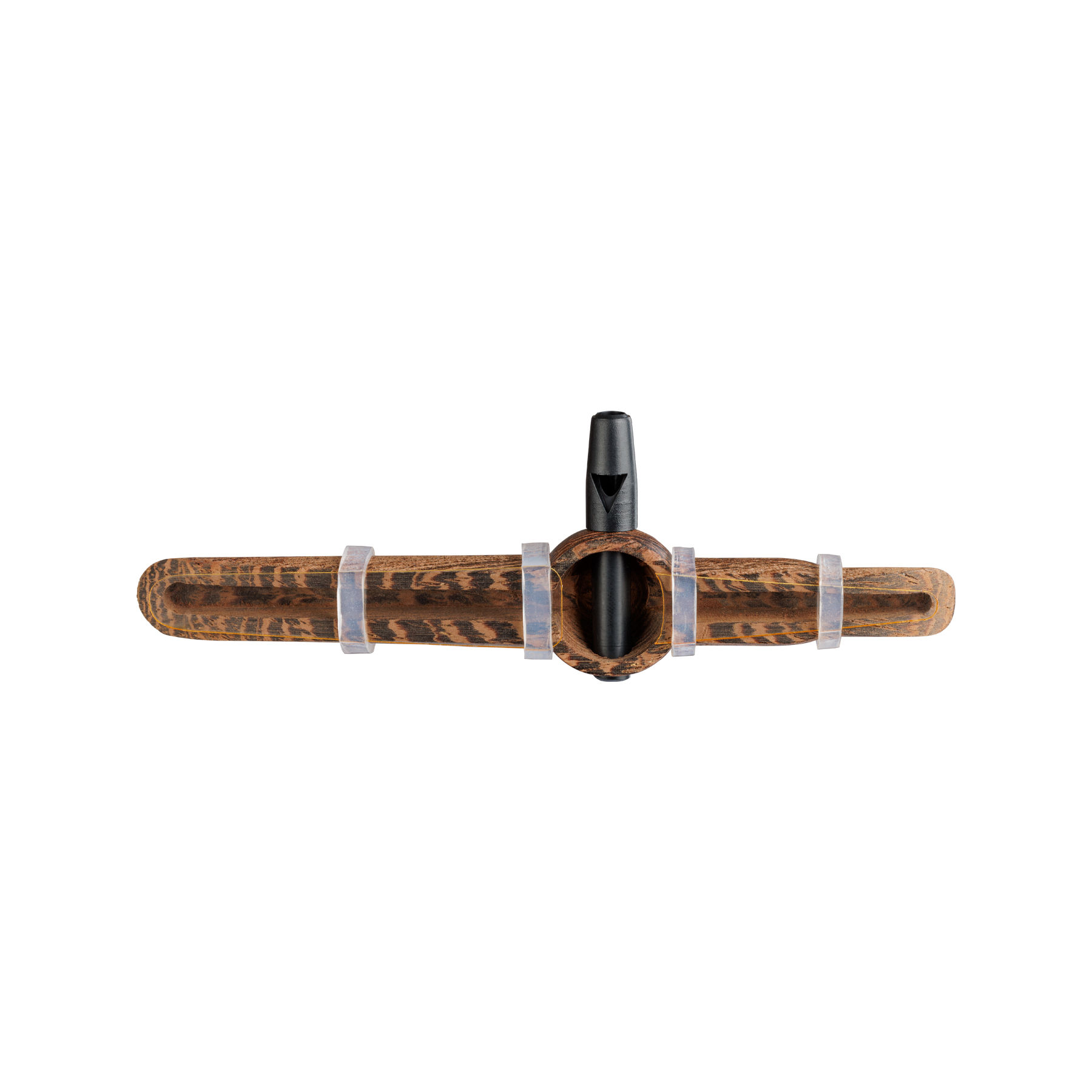Rut hunting is a science. In addition to good equipment and experience, the right strategy also determines success. I am asked many questions about rut hunting at my seminars and on other occasions. I would like to answer the most common ones here.
What is the best time for rut hunting?
In my experience, the best time for rut hunting is at the end of the rut (about 8 days after the main rut). Why? Well, at the beginning of the rut often only young bucks jump.
During the rut you should let nature take its course.
From the sixth to the thirteenth of August I have the most success. A few days earlier in the lowlands and a few days later in low mountain areas.
There is an old saying - and it still applies today:
"When the doe is back with the fawns, that's the best time."
What is the best time of day for rut hunting?
Between half past seven and nine o'clock, at lunchtime and in the early evening vs. late afternoon. My leaf hunting tip: I take advantage of the wetting rhythm as the buck is on the runs and jumps faster.
What is the best weather for rut hunting?
As the right time is limited by the calendar, you have to take the weather as it is. Cold, wet and stormy days have a negative effect. Persistent sweltering heat with prolonged drought is also not promising.
Is it better to go rut hunting in the forest or in the field?
The buck prefers to jump from the light into the dark. It is easier to lure them from the field into the forest than the other way round. There are always exceptions. If there is no woodland, you should leaf hunt near maize or cereal crops.
Is it better to tickle or shout in rut when leaf hunting?
The sex ratio of roe deer is often 1:3 or even worse. My leaf hunting tip: You can achieve more with a frightened cry than with a normal cry. For reasons of hunting ethics, the fawn scare call should only be used in dangerous situations. There is a risk that the doe (often with a buck) will come very quickly to a short distance, realise the dizziness and jump off in a loud fright.
Is it better to use an earth seat or a high pulpit for rut hunting?
An earth seat or a half-height ladder is ideal if the ground conditions allow it (bullet trap). However, if only a pulpit is available, then put your head far out of the window and emit the sounds downwards - towards the ground.
How long should the birds rest after taking up their perch before the music starts?
When the birds, especially the wren and nuthatch, have calmed down, you can start leafing a few minutes later.
After how many minutes should you switch to the next leaf stand?
If there is no movement and the wren and other birds do not indicate that game is approaching, you can leave the stand after fifteen minutes. My leaf hunting tip: If you have used a blasting beep, you should stay at the leaf stand for half an hour.
Should you continue rutting after killing a suitable yearling?
You could continue rutting, but you shouldn't because of game hygiene. Rutting time falls in the summer months. Especially on hot days, game supply takes priority.
A rut hunting secret tip at the end
If you are using blasting beeps, cries of fear or jealousy - a prolonged and vibrating call of fear - you should definitely imitate violent escape noises using a small branch.
My rut hunting tip: If you have to climb a ladder, take a branch with leaves and hit it against the ladder rails. The sounds must be produced at the same time as the leaf sounds.
Wheezing sounds, deep from the chest, also often work wonders. But be careful not to provoke a cough.
Learn the voices of the animals, then you will be the master of your territory
Yours, Klaus Weisskirchen



